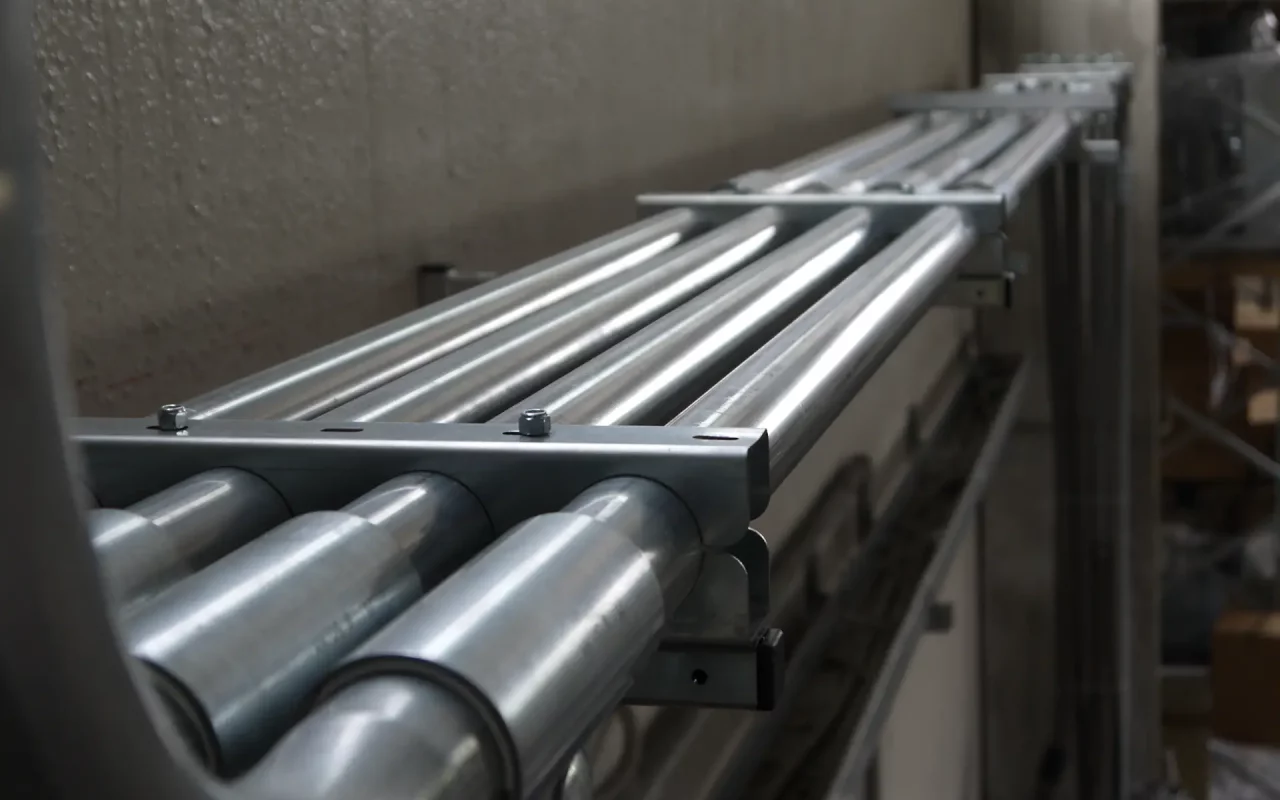Filtration using activated carbon is an air purification technology that removes pollutants from a gas stream simply by passing it through activated carbon filters.
What are Activated Carbon Filters?
Activated carbon is carbon that undergoes treatment in special furnaces where high-temperature steam creates micropores in the material, which determine its activity.
Carbon is distinguished by:
- Nature – plant-based or mineral
- Average pore size
- Granulometry
The unique porosity of activated carbon makes it an ideal material for producing filters with high absorption power.
How an Activated Carbon Filter Works
The extreme porosity of activated carbon allows it to be used in extraction and filtration systems. When a contaminated air flow passes through an activated carbon filter, the carbon attracts the pollutants, thereby cleaning the air.
The process is based on the physical phenomenon of adsorption, in which the molecules of the absorbed substances are retained on the carbon by Van der Waals forces.
Through activated carbon treatment, the gas stream containing airborne pollutants is drawn in by one or more fans. Downstream, a filter and conditioning battery may be installed. As the contaminated gas stream passes through the carbon, organic compounds are deposited, and the purified air is expelled through the chimney.
Once the adsorption capacity of the activated carbon filters is exhausted, they can be reactivated by exposure to very high temperatures—biological regeneration—or by oxidation or solvent extraction of the adsorbed substances, which are then condensed and recovered in a dedicated section of the system.
When to Use an Activated Carbon Extraction System?
Activated carbon filters are mainly used for the filtration of vapors and fumes; they are particularly suited for filtering paint vapors and for the removal of volatile substances like solvents.
Extraction, filtration, and VOC (volatile organic compounds) removal systems that use activated carbon filters can be employed in the chemical and coating industries, the food industry, and in waste recycling and plastic processing.
The Right Amount of Activated Carbon to Purify the Pollutant
There is only one way to make an activated carbon filtration system work properly: by providing the right amount of carbon. The perfect quantity of activated carbon can only be determined based on the type of pollutant and the air flow of the extraction system. Therefore, it is always important to conduct an on-site inspection and a thorough study of the pollutant and the sector in which the company operates.

